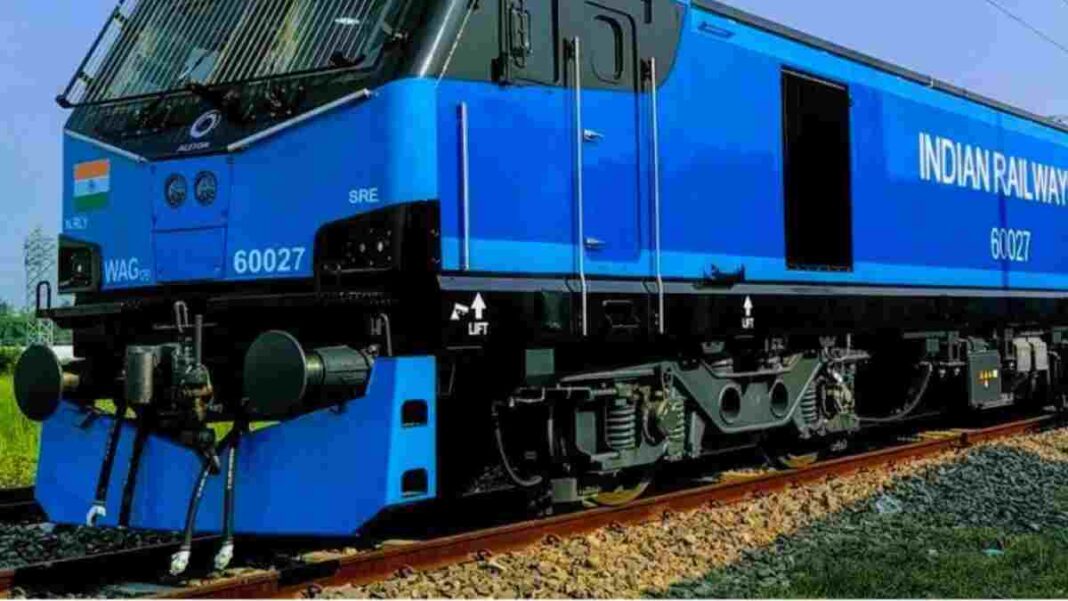INDIA: Indian Railways is moving in the right direction and has been making steady progress in several areas, and its latest electric locomotive engine, the WAG12, is a testament to this.
The development of the Bullet train, the increase in the use of semi-high-speed Vande Bharat trains on various routes, and the refurbishment and modernization of Indian Railways’ stations are just a few recent developments.
The 100th unit of the world’s most powerful locomotive was installed by Indian Railways, which is included on the list of such developments. Under the Make in India program, the Madhepura Electric Loco Factory in Bihar produces the electric locomotive known as the WAG12.
From the Pandit Deen Dayal Upadhyaya Junction, the world’s most powerful electric locomotive, built locally, made its first run in May 2020.
The train left in a long-haul formation with 118 wagons from the Dhanbad Division of the East Central Railway. This was the first time the powerful locomotive had been used on a broad-gauge track.
One hundred of these e-locos were recently installed by the Indian Railways. In the meantime, the locomotive has travelled more than 4.8 million kilometres through 17 states and two union territories.
An IGBT-based, three-phase drive system produced 9000 kW (12000 hp) power for the world’s most powerful locally manufactured locomotive, the WAG12.
The train has a pulling power of 706 kN, making it capable of starting and operating a 6000 T train with a gradient of 1 in 150. The twin Bo-Bo locomotive has a 22.5 T (tonne) axle load and can be upgraded to a 25 T (Tonnes) axle load. It has a design speed of 120 kmph.
This locomotive fundamentally alters the movement of coal trains on the Dedicated Freight Corridor. The operators can strategically track the locomotives with GPS using built-in software and antennas, communicating with servers on the ground via a microwave link.
The locomotive runs on railroad tracks with standard OHE lines and dedicated freight lanes with high-rise OHE lines.
Driver cabs with air conditioning are located on either side of the locomotive. Due to its regenerative braking system, the locomotive uses significantly less energy when it is in use.
The railway ministry planned that these powerful locomotives would help clear congested lines and raise freight trains’ average speed.
Also Read: Indian Manufacturer Ignyte Achieves World-Class Standards with ECE-Certified IGN-7 Helmet



